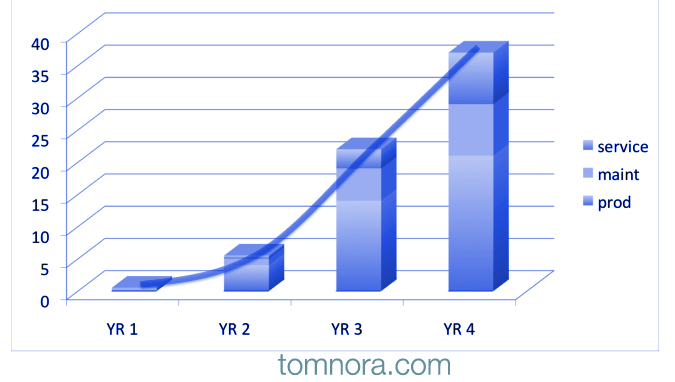When tech entrepreneurs hear the term “scalability”, they get excited, and rightly so.
Scalability is a worthy subject, arguably the most important parameter in startup success, especially long term. Controlled growth is the primary ingredient for survival in the highly competitive startup world. But what exactly is “growth”?
Is it measured by quarterly revenue? Eyeballs/Users? Buzz? For early stage companies, it is mostly revenue, especially if the company is pre-revenue. Revenue is the fuel that propels the company, allows hiring of great people, decreases dependence on investors and thereby preserves equity for founders and employees.
For most startups, first revenues and continuing revenues seem like magical milestones; before they are reached there is no sure way to know if/when it will happen. I know, I’ve been a pre-revenue CEO many times.
But there is much more to scalability than revenue. Revenue injections are like oxygen, and strong measures and reassurances that your company is real, and that you have a chance to become a long term enterprise.
The resulting cash flow, cash on hand, and recurring revenues give a warm fuzzy feeling like no other. But revenue alone doesn’t ensure scalability. Many other factors are critical in building the right foundation to construct a strong, integrated enterprise down the road.
This blog will hopefully explore many of those other factors, and help early stage management teams to make the right decisions as they create or encounter and then manage growth.
